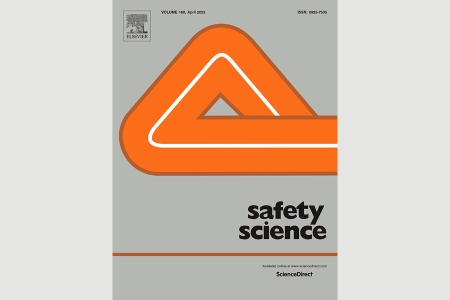SWOV researchers de Zwart, Mons and Weijermars coauthored the article 'Using reaction times and accident statistics for safety impact prediction of automated vehicles on road safety of vulnerable road users' in Safety Science.
Among the foremost promises of using automated vehicles (AVs) in daily commute is their assumed benefit on road safety, which should offer additional safety to the most vulnerable road users (pedestrians, cyclists), as well as other vehicles.
In this article we aim to derive a functional relationship (dose–response curve) between the proportion of automated vehicles on the road (penetration rate) and the expected accident numbers/fatalities of interactions with vulnerable road users. Our approach is built upon two fundamental components: Firstly, based on an analysis of current accident causes, we can make a projection of which causes of accidents between cars and vulnerable road users could ideally be mitigated by AVs and which not. Secondly, for the accidents that are not mitigated, we still assume a potential for reduction of accident occurrence and accident severity, based on the assumed reaction time of an automated vehicle, compared to the reaction time of a human driver.

